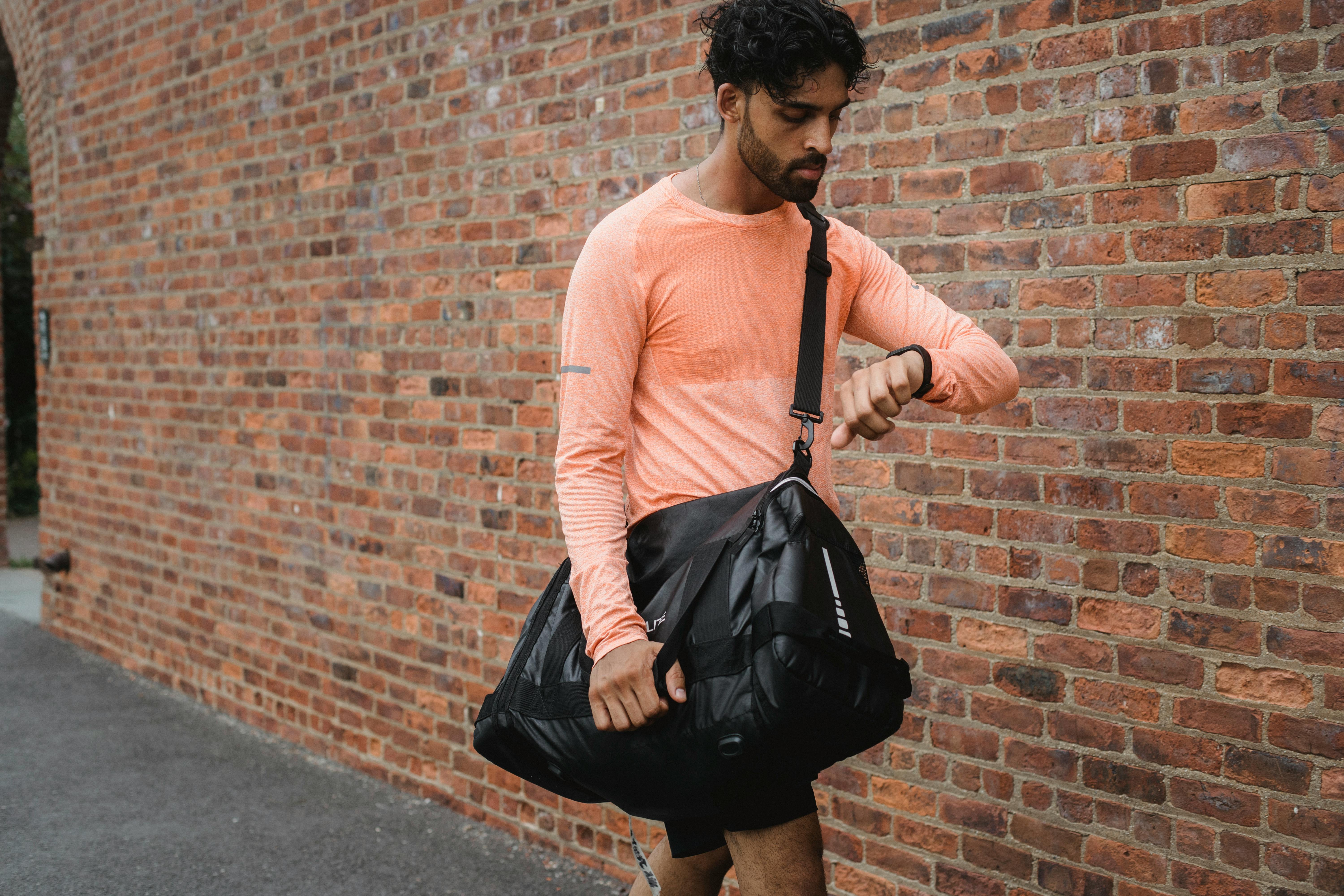Commuting, whether by car, bus, train or even walking, can feel like dead time when it comes to staying active. But what if you could turn your commute into a way to move more, feel better and stay healthier?
Most commutes involve a lot of sitting, standing still or minimal movement, which can lead to stiffness, poor circulation and reduced overall activity in your day. The good news is that there are plenty of simple ways to add movement to your commute without making it complicated or time-consuming.
Why movement during your commute matters
Many people struggle to fit exercise into their day, and commuting often feels like a barrier to being active. But staying active during your commute can:
- Reduce stiffness and tension from prolonged sitting or standing.
- Boost circulation and energy before and after work.
- Increase overall daily movement without extra gym time.
- Improve posture and core strength with small adjustments.
Even small efforts add up over time, so let’s explore how to move more while commuting.
Ways to stay active during your commute
If you walk or bike
Walking and cycling are already great ways to stay active, but you can make them even more effective:
- Pick a longer route if time allows to add extra steps or miles.
- Speed up your pace with a brisk walk or slightly faster bike ride to increase heart rate and calorie burn.
- Take the stairs whenever possible instead of using the escalator or elevator.
- Engage your core by maintaining good posture, activating your core and swinging your arms while walking.
Bonus tip: Carrying a backpack instead of a handbag can improve balance and strength while walking.
If you take public transport (bus, train or subway)
Instead of just standing or sitting passively, use this time to activate your muscles:
- Stand instead of sitting to engage your leg and core muscles.
- Do subtle balance exercises by shifting your weight slightly while standing to challenge your stability.
- Try calf raises by lifting your heels off the ground and slowly lowering them back down to strengthen your calves and improve circulation.
- Check your seated posture by sitting tall with your shoulders back to engage your core instead of slouching.
- Stretch while waiting by rolling your shoulders, stretching your neck or loosening your legs.
Bonus tip: If you scroll your phone during your commute, hold it at eye level to reduce neck and shoulder strain.
If you drive to work
Sitting in traffic does not mean you cannot engage your body. Try these simple tricks:
- Glute squeezes while sitting to strengthen your glutes.
- Posture check by sitting upright with your back against the seat to reduce back strain.
- Stretch at stoplights by rolling your shoulders, stretching your neck or shifting your spine gently.
- Park farther away to add extra steps to your day.
Bonus tip: If you stop for gas or coffee, take a quick lap around the car or do light stretches before getting back in.
If you have a long commute and need more activity
If your commute is long and limits your ability to move much, find ways to compensate:
- Stretch or walk before leaving home to wake up your body.
- Take a movement break when you arrive by walking around the block before heading inside.
- Incorporate movement snacks throughout the day to counteract sedentary time.
Final thoughts
Your commute does not have to be dead time for movement. Small, simple changes can help you stay more active, engaged and energised without extra effort. Whether taking the stairs, balancing on the train or stretching in the car, every little bit adds up to a healthier day.



